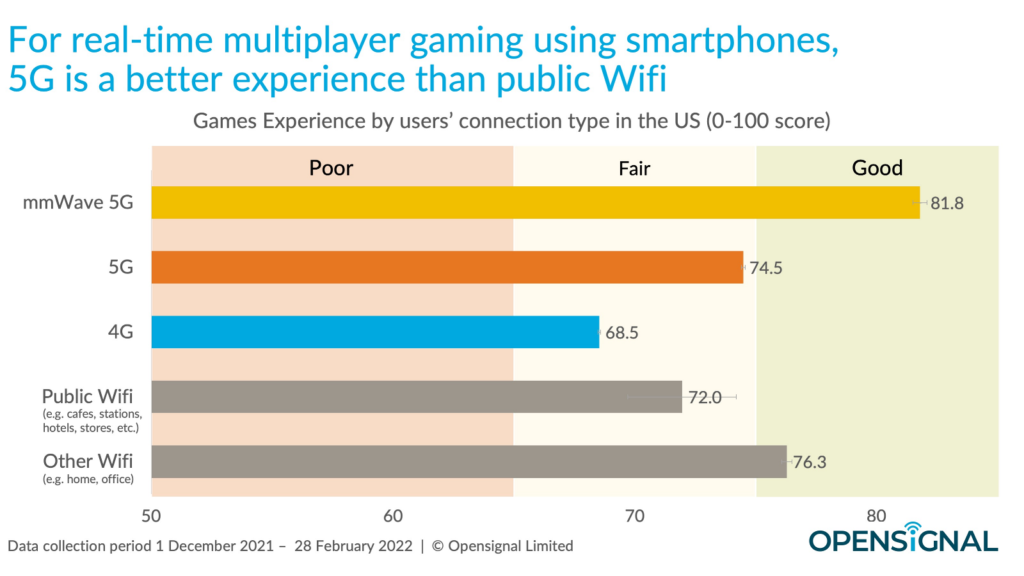Quantum entanglement is a phenomenon where pairs of photons are connected in such a way that if the state of one photon changes, the other changes instantly, regardless of the distance between them. This was famously referred to as “spooky action at a distance” by Albert Einstein.
Today, entanglement serves as the foundation for qubits, the basic unit of quantum information.
Traditionally, creating pairs of photons required large crystals. However, researchers at Columbia Engineering have developed a more efficient method of generating these photon pairs using smaller devices and less energy.
This advancement in nonlinear optics, which involves manipulating the properties of light for applications such as lasers, telecommunications, and laboratory equipment, marks a significant progress.
Professor P. James Schuck of Columbia Engineering stated that this breakthrough bridges the gap between large-scale and small-scale quantum optics. It paves the way for the development of highly efficient, scalable on-chip devices like tunable microscopic photon-pair generators.
The new device, which is only 3.4 micrometers thick and designed to be integrated onto a silicon chip, promises to make quantum devices more energy-efficient and technologically advanced.
To create the device, thin crystals of molybdenum disulfide were used. By stacking six of these crystals with each layer rotated by 180 degrees, passing light through the stack results in quasi-phase-matching, altering the light and producing paired photons.
This marks the first instance of quasi-phase-matching being utilized in van der Waals materials to generate photon pairs at wavelengths beneficial for telecommunications. This innovative approach is more effective and less susceptible to errors compared to previous techniques.
Professor P. James Schuck believes that this breakthrough will position van der Waals materials as crucial components in next-generation quantum technologies, impacting sectors like satellite communication and mobile phone quantum communication.
Built on previous work
Schuck and his team enhanced their new device based on prior research. In 2022, they demonstrated the suitability of materials like molybdenum disulfide for nonlinear optics. However, the performance was limited due to interference between light waves within the material.
They addressed this issue by utilizing periodic poling, which aids in phase matching. By alternating the direction of the slabs in the stack, they achieved better control over the light, enabling efficient generation of photon pairs on a minuscule scale.
Schuck stated, “Once we realized the potential of this material, we knew we had to explore periodic poling for efficient photon pair generation.”
Journal Reference:
- Chiara Trovatello, Carino Ferrante, Birui Yang, Josip Bajo, Benjamin Braun et al. Quasi-phase-matched up- and down-conversion in periodically poled layered semiconductors. Nat. Photon, 2025 DOI: 10.1038/s41566-024-01602-z



